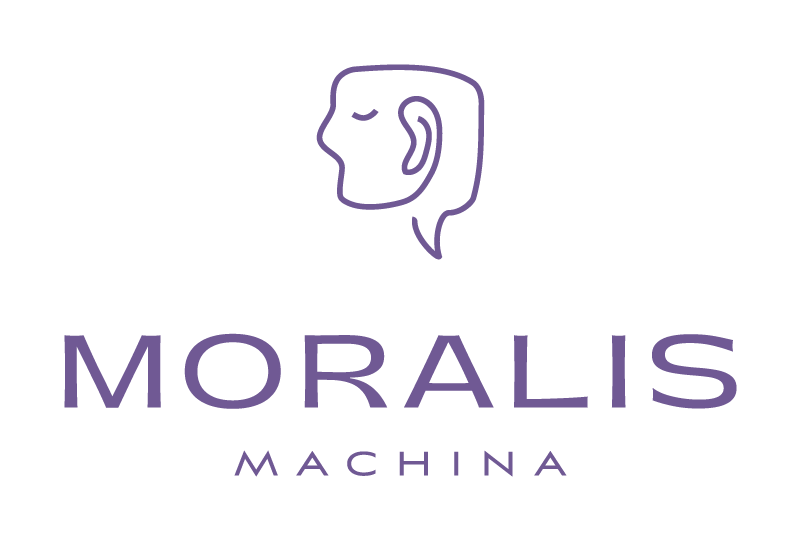
As a Board Certified Behavior Analyst (BCBA) specializing in Organizational Behavior Management (OBM), I see a growing recognition of mental health as a critical factor for organizational success. For too long, mental health has been sidelined as a personal issue—something that individuals must manage on their own, outside of the workplace. Or worse, something that lands someone in the chair across from HR. This perspective overlooks a what much of the data on these issues are telling us: the workplace plays a significant role in the mental well-being of the people inside it. Research also indicates failing to address mental health in the workplace can lead to detrimental effects on the organization's bottom line, including employee performance, engagement, and retention.
SCOPE OF THE PROBLEM
84%
workers say their workplace conditions have contributed to at least one mental health challenge
18 days
Employees take around 18 days off a year to deal with stress, depression, or anxiety
76%
of U.S. workers reported at least one symptom of a mental health condition.
81%
of workers reported that they will be looking for workplaces that support mental health in the future.
CREATING PSYCHOLOGICAL SAFETY
A KEY TO UNDERSTANDING MENTAL HEALTH NEEDS
The Role of Leadership in Fostering Psychological Safety
At the core of addressing mental health in the workplace is the concept of psychological safety. This means that anyone in an organization can speak up, share concerns, and take risks at work without facing negative consequences such as embarrassment, rejection, or punishment (Edmondson, 2018). In a psychologically safe environment, employees are more likely to disclose mental health challenges, allowing organizations to get the information they need to design better, more targeted mental health initiatives.
When employees feel safe enough to share their experiences with mental health, companies gain insights that can help tailor support programs to better serve the workforce. For example, rather than offering generic wellness webinars or blanket Employee Assistance Programs (EAPs), organizations can develop specific interventions that address stressors in the work environment or offer customized resources based on employee feedback. This shift from a “one size fits all” approach to a more individualized strategy is key to genuinely supporting mental health at work.
Moving Beyond Reactive Approaches: Designing Better Initiatives
Organizations that fail to foster psychological safety often rely on reactive measures—addressing mental health only after issues arise. Or worse, not at all. A reactive stance can lead to burnout, disengagement, and ultimately, higher costs in the form of turnover or decreased productivity. Instead, companies should aim for a proactive approach by designing mental health initiatives that are flexible, data-informed, and responsive to the actual needs of their workforce.

What can i do?
